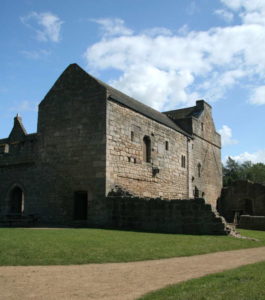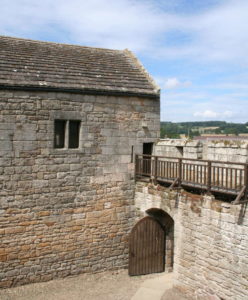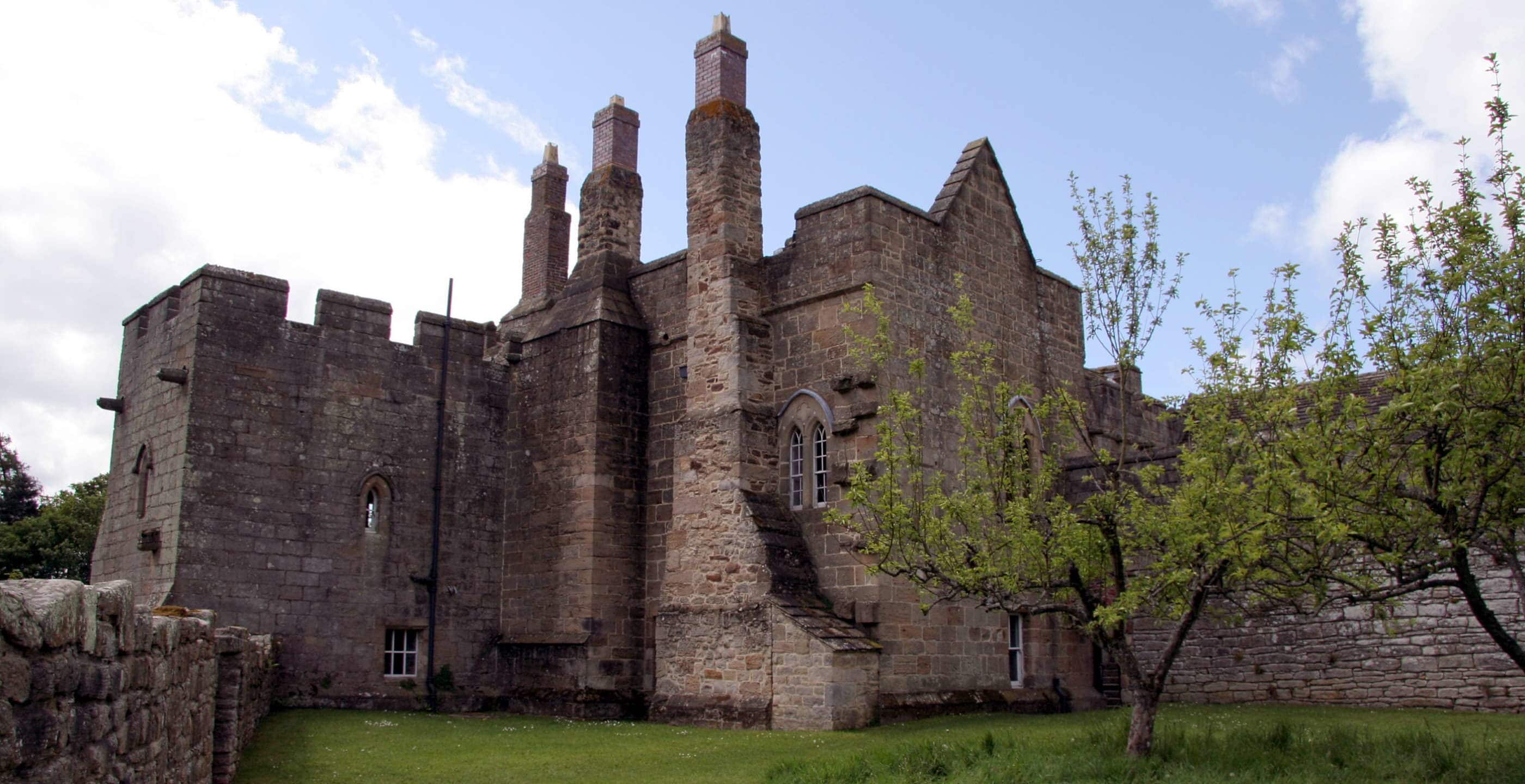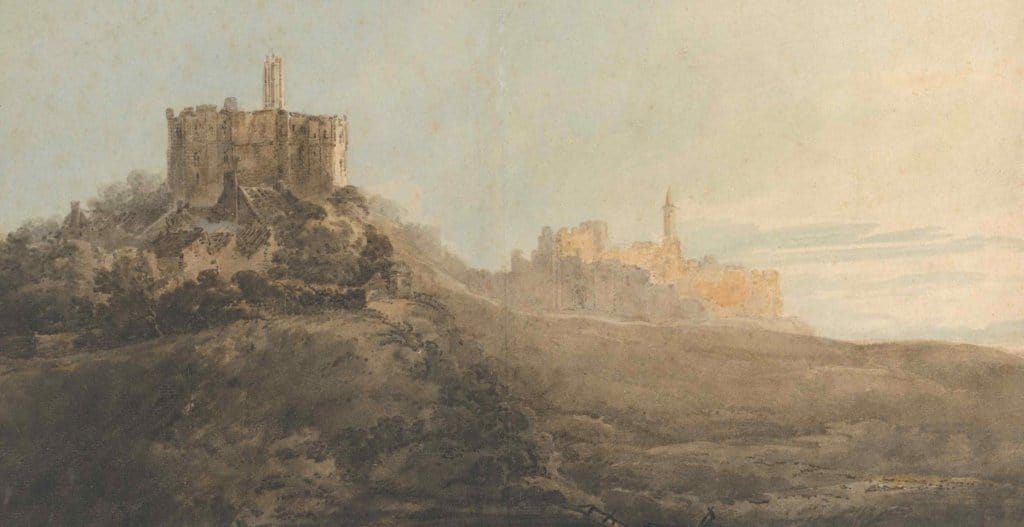Telephone: 01434 632450
Website: https://www.english-heritage.org.uk/visit/places/aydon-castle/
Owned by: English Heritage. Opening times: Closed October – March. Opening times vary throughout the rest of the year. Contact English Heritage directly for more information.
Public access: Small, free car park 100 metres from the castle. Wheelchair access is limited to the ground floor only. Dogs on leads are welcome, as are pushchairs. Baby changing facilities and an accessible toilet are available. Entrance charges apply to visitors who are not English Heritage members.
An intact, 13th century English manor house, also known as Aydon Hall. Situated in a naturally defensive position two miles to the north east of the town of Corbridge, Aydon Castle is one of two Northumbrian foundations belonging to a rich Suffolk merchant. Robert de Reymes. His original building at Aydon was a manor house without defences constructed in 1296. In the violence following the outbreak of the Anglo-Scottish wars, during which time the region was persistently raided by Scots, de Reymes gained a licence to fortify both Aydon and another building at Shortflatt near Belsay.

Above: Aydon Castle
Despite crenellating Aydon and creating a secure courtyard, de Reymes was taken prisoner when Scottish raiders captured the hall in 1315. After being released on payment of a ransom, de Reymes added further defence in the form of a curtain wall that secured the northern aspect of Aydon. The Scots retook the castle in 1346. Aydon Castle is also of historic significance as very few changes were made in the succeeding centuries, meaning that the basic structure, layout and medieval features of the building remained. These include a solar wing with original fireplace, latrine block and crenellated parapet with arrow slits.
The central hall does not have a fireplace, as it would have had a central hearth in traditional style. Although there is no pele tower, the castle does have an undercroft, a feature that is traditionally associated with peles, and the upper stories were accessed via a staircase. The castle was converted into a farm in the 17th century and remained as such until 1966 when it was restored to its medieval appearance. Aydon Castle is a superb example of a fortified manor house, and a reminder of the stark realities of life along the Anglo-Scottish border during medieval times.

Above: Aydon Castle



